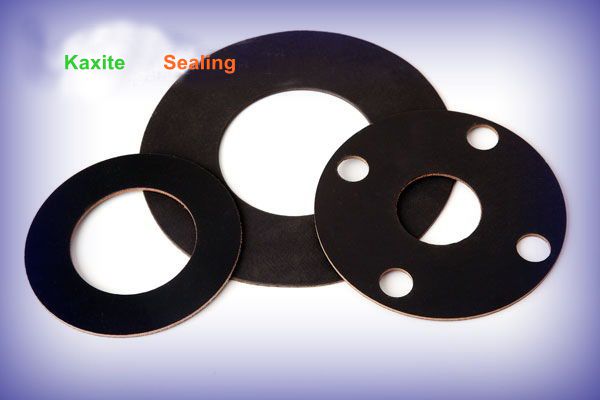Heat Resilience Unveiled: Neoprene Faced Phenolic Gaskets and their Temperature Triumph
2024-01-30
Introduction:
In the dynamic world of industrial applications, where extremes of temperature can challenge the integrity of seals, gaskets play a pivotal role in ensuring reliability. Among the diverse array of gasket materials, Neoprene Faced Phenolic Gaskets emerge as formidable contenders, showcasing exceptional temperature resistance. This blog will explore how these gaskets perform in terms of temperature resistance and delineate the temperature ranges where they prove to be reliable and resilient.
1. The Phenolic Resin Foundation:
- Heat-Resistant Backbone: At the heart of Neoprene Faced Phenolic Gaskets lies phenolic resin, a robust material known for its heat-resistant properties.
- Foundation for Reliability: The inclusion of phenolic resin in the gasket's composition forms a solid foundation for withstanding elevated temperatures without compromising structural integrity.
2. Neoprene Rubber's Thermal Buffer:
- Supple Heat Resistance: Neoprene rubber, an integral part of the gasket, acts as a thermal buffer.
- Flexibility under Heat: This component ensures that even in the face of high temperatures, Neoprene Faced Phenolic Gaskets maintain a degree of flexibility, preventing them from becoming brittle or losing their sealing capabilities.
3. Temperature Resistance Extremes:
- High Temperature Tolerance: Neoprene Faced Phenolic Gaskets exhibit remarkable resistance to temperatures commonly found in industrial environments.
- Suitability for Extreme Conditions: They can withstand temperatures ranging from -40°C to 150°C (-40°F to 302°F) and sometimes even higher, depending on the specific formulation and application requirements.
4. Oil and Gas Applications:
- Oilfield Temperatures: In the oil and gas industry, where machinery operates in harsh conditions, Neoprene Faced Phenolic Gaskets excel due to their ability to endure elevated temperatures associated with drilling and extraction processes.
5. Chemical Processing Plants:
- Corrosive Heat Environments: Within chemical processing plants, where both high temperatures and corrosive substances are prevalent, these gaskets demonstrate resilience, maintaining their sealing effectiveness under challenging conditions.
6. Power Generation Facilities:
- Thermal Power Environments: In power generation facilities, Neoprene Faced Phenolic Gaskets play a vital role in components exposed to high temperatures, such as boilers, turbines, and flue gas systems.
7. Aerospace Applications:
- Adaptation to Extreme Conditions: In aerospace applications, where components are subjected to extreme temperature variations, these gaskets offer reliability, ensuring a secure seal in critical systems.
8. Marine Environments:
- Resistance to Saltwater Exposure: In marine environments where temperatures can fluctuate, and exposure to saltwater is common, these gaskets maintain their efficacy, contributing to the longevity of maritime systems.
Conclusion:
Neoprene Faced Phenolic Gaskets stand as champions in the realm of temperature resistance, offering a reliable solution for industries operating in extreme conditions. Their ability to withstand high temperatures, from frigid cold to scorching heat, makes them versatile components in a myriad of industrial applications. As machinery continues to evolve and face more rigorous challenges, these gaskets remain steadfast, ensuring the efficiency and longevity of critical systems that drive industrial progress. The heat resilience of Neoprene Faced Phenolic Gaskets is not just a testament to their material composition but also to their crucial role in sealing success across diverse and demanding environments.



